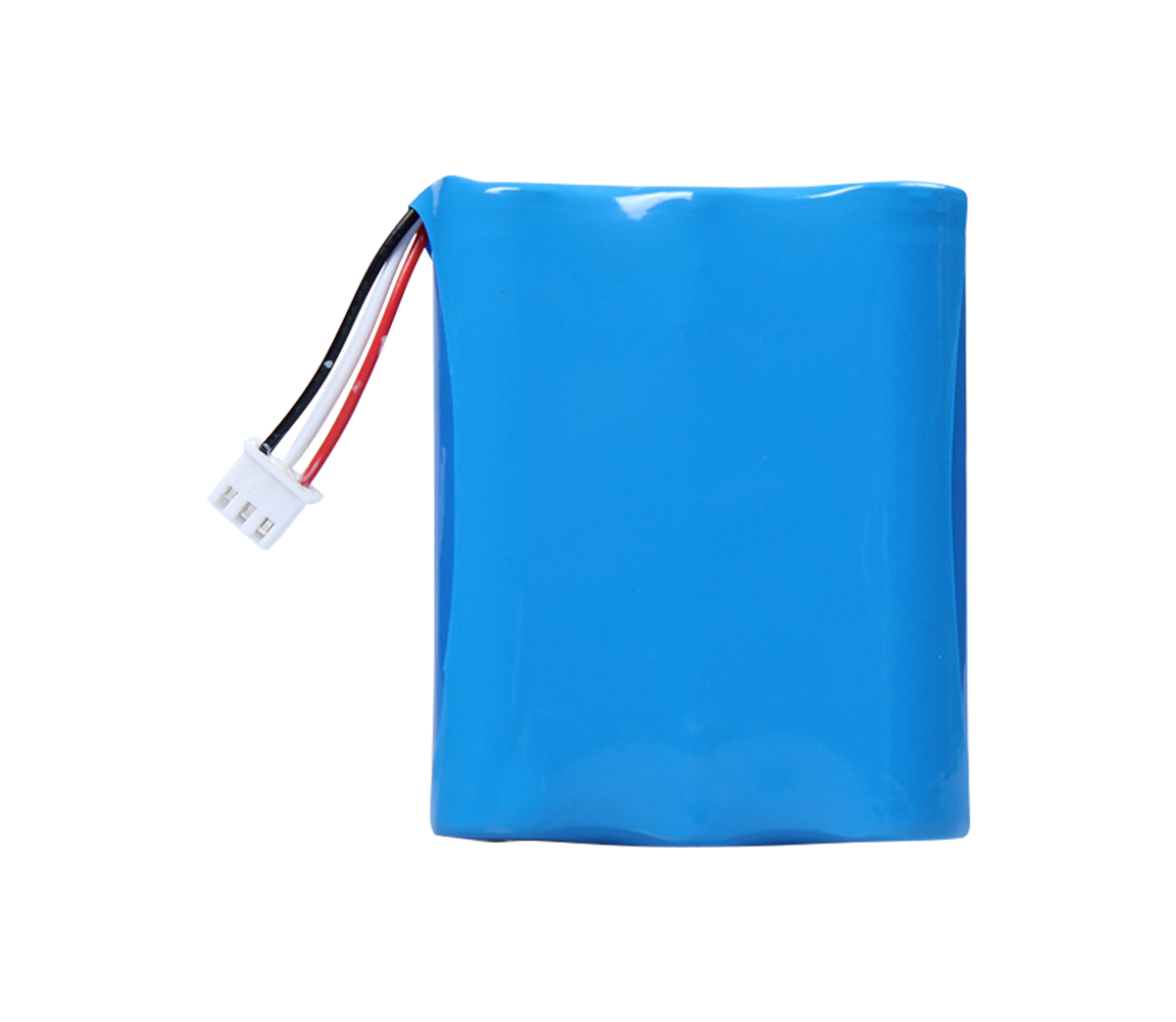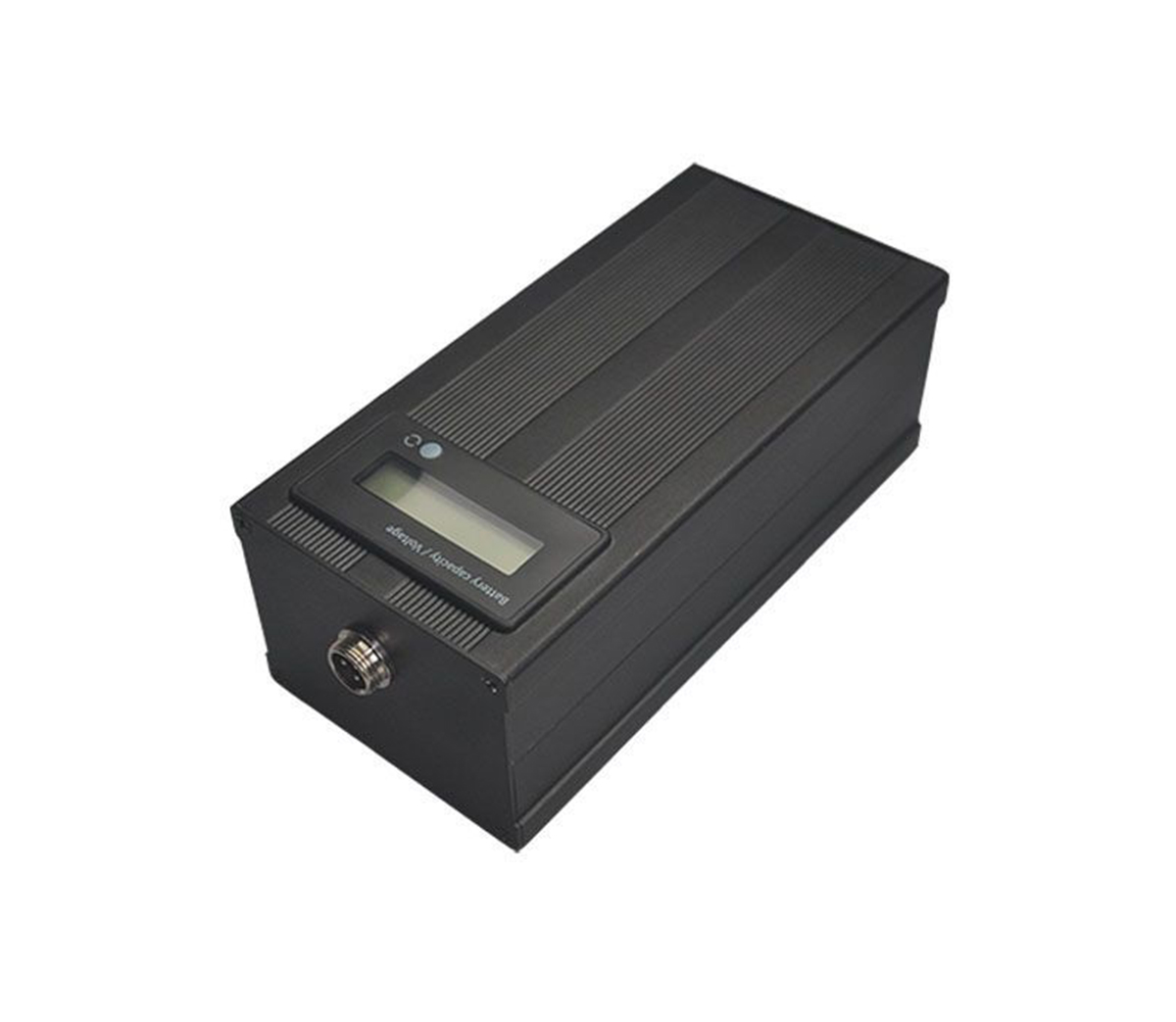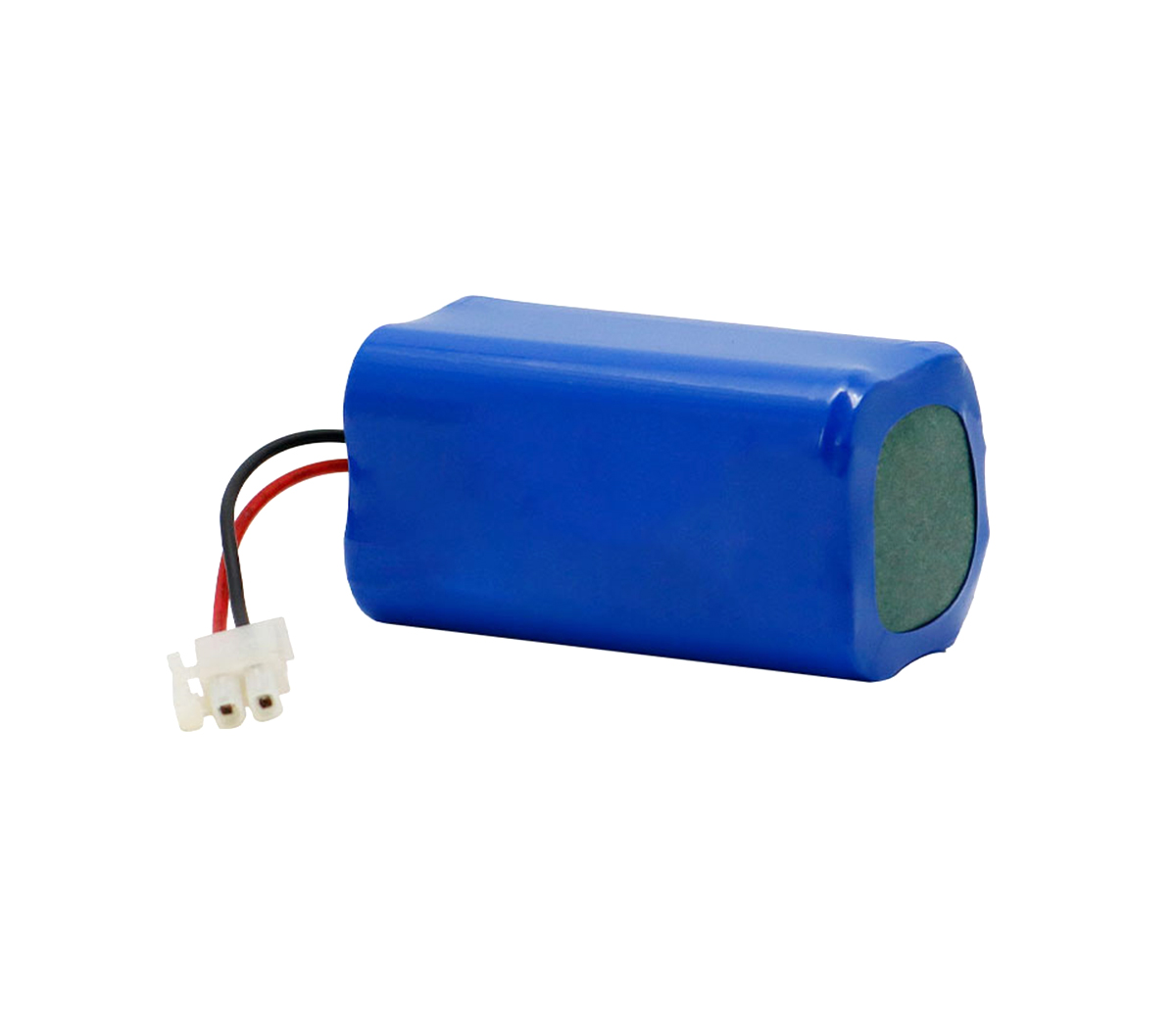There are two types of energy storage concepts, namely household energy
storage and industrial and commercial energy storage.
The European energy storage market is currently in an explosive state. The
overall total volume has a growth rate of more than 100%, and the growth rate in
some areas is as high as several hundred percent, which is several times the
overall demand. The US market is mainly aimed at industrial and commercial
energy storage.

Industrial and commercial energy storage is mainly for the project itself,
directly facing the investors, such as the overall project bidding, technical
exchanges, and system solutions with the project investors. The energy storage
channels for households are agents and distributors.
The risk in the US market is that the US market is relatively exclusive and
will tend to adopt some domestic brands, which makes its market share relatively
high. The European market will start from the economy and technology, and choose
the right company according to the needs.
Q1: In the energy storage industry, what are the similarities and
differences between energy storage converters and PV inverters in terms of
technology and design?
A: First of all, PCS only targets industrial and commercial energy storage.
In terms of household energy storage, it is not called PCS but energy storage
inverter. Industrial and commercial energy storage takes electricity from the
grid and uses alternating current to store it. Household energy storage is
mainly divided into three technical routes:
1. Direct current (DC/DC), a PV power station, PV inverter. The PV inverter
performs corresponding DC energy storage on the DC side.
2. DC/AC, on the AC side of the PV inverter, converts between electrical
energy and chemical electrical energy.
3. AC/AC, also known as PCS, takes electricity directly from alternating
current and converts it into electrochemical energy.
Q2: Are there any PV and energy storage integrated machines that include
these functions?
A: The all-in-one machine is divided into several parts:
1. In the PV inverter part, the corresponding energy conversion and
tracking of the maximum efficiency point for the PV system are carried out.
2. EMS system, that is, energy control system. It controls the energy flow
of the PV inverter and the overall information exchange of the battery.
When the PV inverter has a lot of power, it will first supply power to the
battery or load, and then consider the second priority. The other system is the
critical load port. When the power grid is out of power, the critical load port
can supply power to the household's necessary loads. For example, some necessary
load spaces such as winter needs, electric heaters, water heaters,
refrigerators, etc. are necessary for life.
This all-in-one machine is mainly used for small mixed-use energy storage
because of its relatively high integration cost. Industrial and commercial
energy storage will be made into modular things, that is to say, PV inverters
are PV inverters, and PCS is PCS.
Q3: What are the differences and difficulty of the household, string and
centralized technical routes in energy storage inverters and converters?
A: The sorting of technical difficulty from high to low is centralized
inverter. Household energy storage inverters, string inverters. Centralized
inverters will encounter additional requirements, such as high and low voltage
ride-through and mathematical modeling, which are the requirements and standards
of the power grid that are only needed in large-capacity power stations.

Lithium-ion battery (LIB) has become the main energy storage solution in
modern social life. Among them, lithium iron phosphate batteries are a perfect
replacement for lead-acid batteries, and they are the first choice for
grid-connected peak shaving, off-grid energy storage, PV energy storage, UPS,
data center and other industries.
Solar power generation system with lithium battery energy storage system is
a very promising clean energy.




































